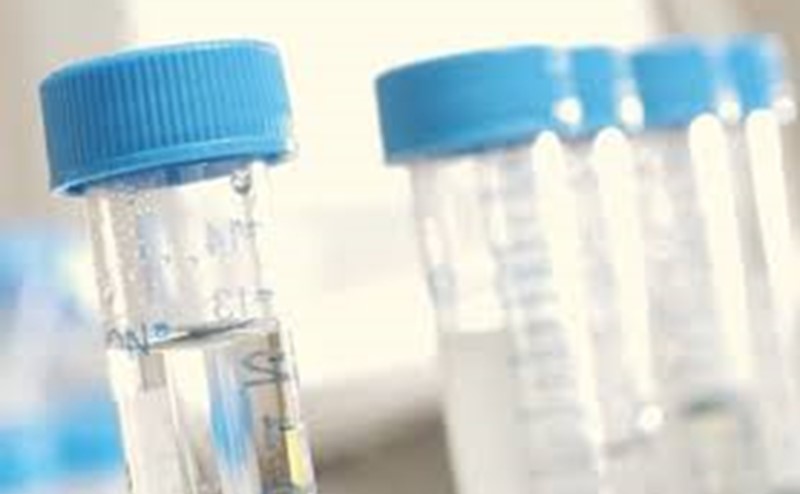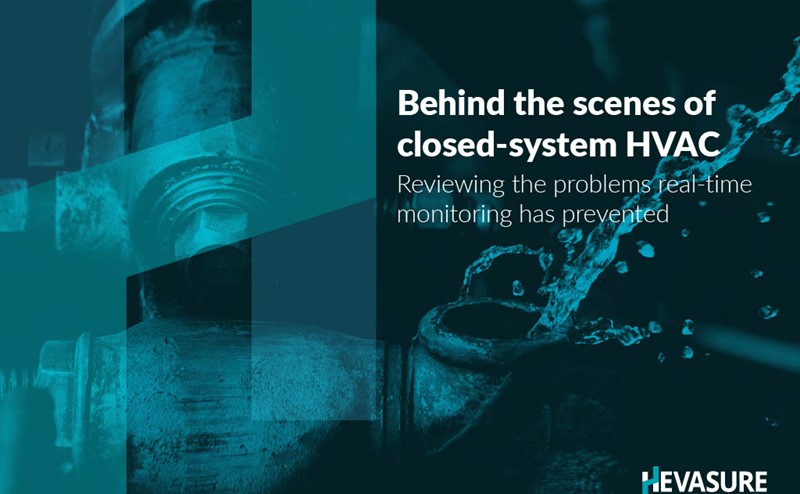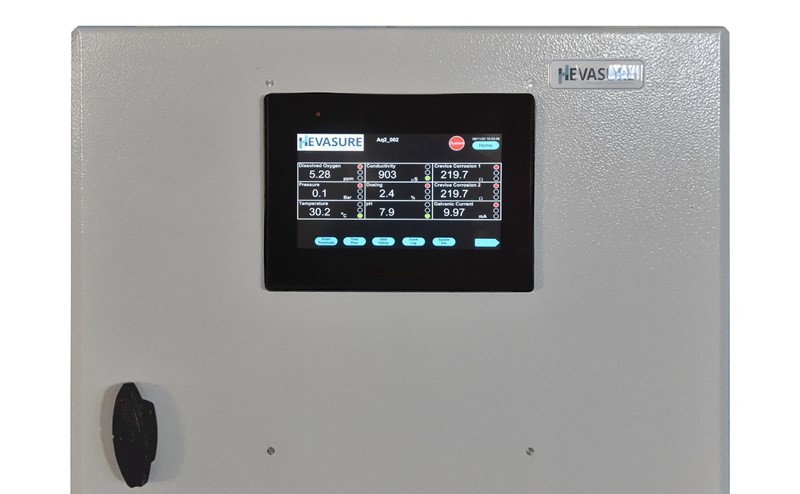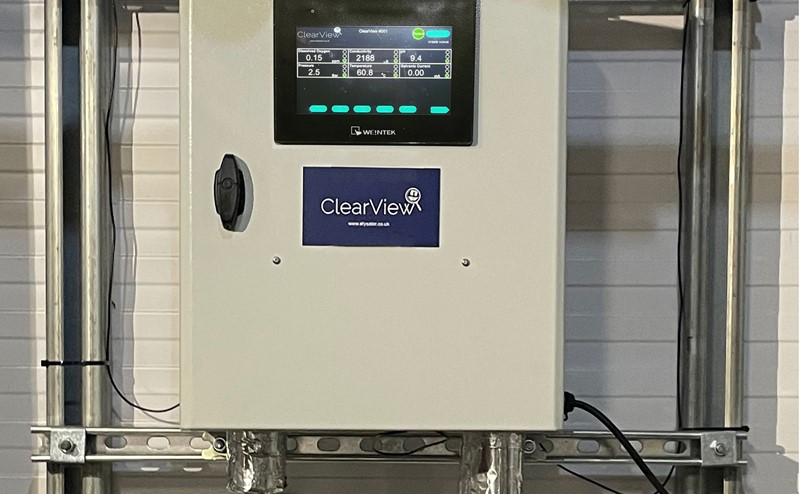
Why does water sampling have so many limitations?
Steve Munn, MD for Hevasure discusses the limitations of sampling:
The industry standard for testing the condition of a closed circuit water system, as detailed in BSRIA guidelines, is (still, surprisingly) repeat water sampling - which some building owners have found to their cost.
While I’m not suggesting (for now) that sampling be done away with altogether, as a process, it has significant flaws and is fairly prehistoric in its methodology compared with the ways other operational elements of a building are tracked in the 21st century.
So, what’s wrong with it?
It puts too much emphasis on the wrong things: Sampling provides information on the constituents of the water (bacteria and chemicals) which while indicative of system health, should not be the sole focus of assessing condition.
For instance, if no bacteria is identified that doesn’t necessarily mean the water system should have a clean bill of health. When bacteria flows freely through a closed circuit system it is not doing much harm – this is when sampling will identify its presence. Bacteria is most damaging when it has adhered to the pipework walls; either under biofilm or in corrosion debris, but, at this point, sampling may not pick it up.
Corrosion debris, including iron or copper oxides, is also tested for. As with bacteria, when insoluble and and therefore stuck to the pipes and other components this debris can go undetected.
System parameters, such as oxygen and pressure levels, which are often the root cause of problems, are not checked by a sample. Even when bacteria do cause problems (Microbial Influenced Corrosion) oxidation is usually the pre-requisite.
It only provides a snap shot in time: As the name suggest, sampling is a ‘sample’, taken at a point in time at a point in the system. As the bacteria example demonstrates, problems could be lurking that escape through the net.
At the point of handover better accuracy is crucial. FMs and maintenance teams may be left with a water system that has been given a clean bill of health, when in fact underlying issues haven’t been picked up, leaving those responsible for ongoing upkeep to foot the bill.
The results aren’t instant… Once a sample is taken it is sent to a laboratory where it is analysed before being returned. This whole process can take days or even weeks (In the case of bacterial analysis). By the time the sample is returned, conditions may have changed – for better or worse.
Following maintenance, for example, disruption to water system conditions is unavoidable. A sample taken directly after this work will probably show unacceptable levels, leading to a knee jerk reaction of throwing in more chemicals; chemicals which can add to corrosion issues by contributing to pipework degradation.
If, however, conditions are monitored during and after maintenance, it may be that the system stabilises quickly, meaning little or no additional treatment is needed.
…and they’re open to interpretation Sampling and consultants go hand in hand, leaving building owners and maintenance teams at the mercy of human opinion. A cynic might even go so far as to say it’s in the consultant’s interest to find problems.
By reducing a reliance on sampling you are also reducing a reliance on consultants, effectively cutting out the ‘middle man’. Our 24/7 monitoring solution provides real-time results displayed on your laptop and mobile device. This allows for total control and an instant reaction to any issues identified, which will save huge amounts long term as ‘potential’ issues can be stopped in their tracks avoiding expensive repairs and downtime.







